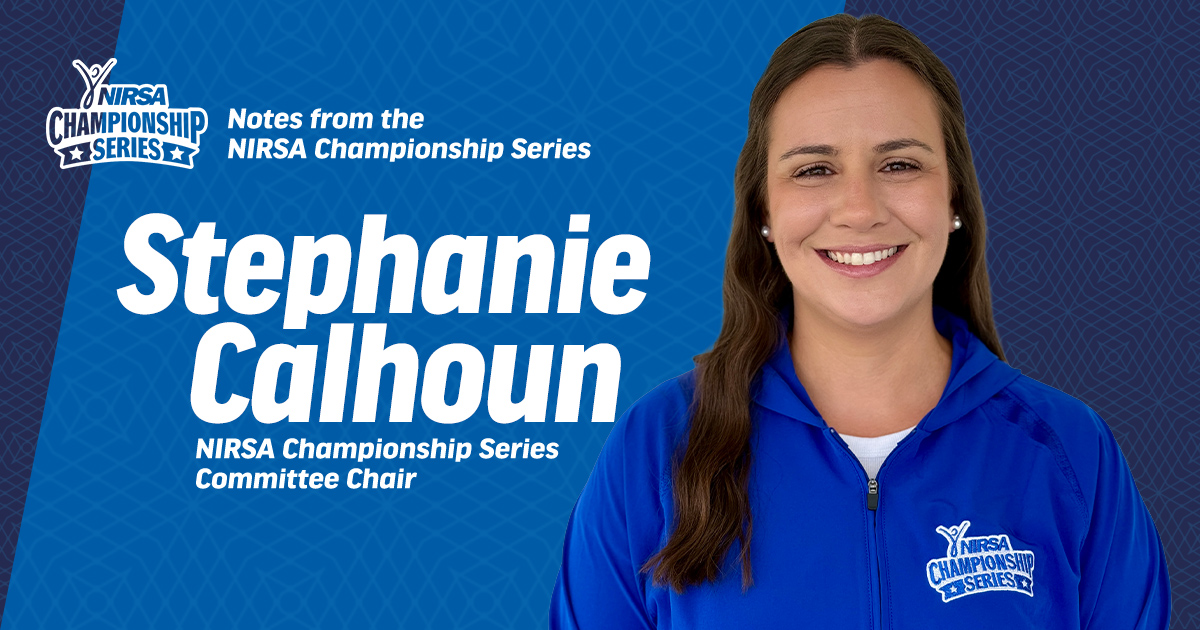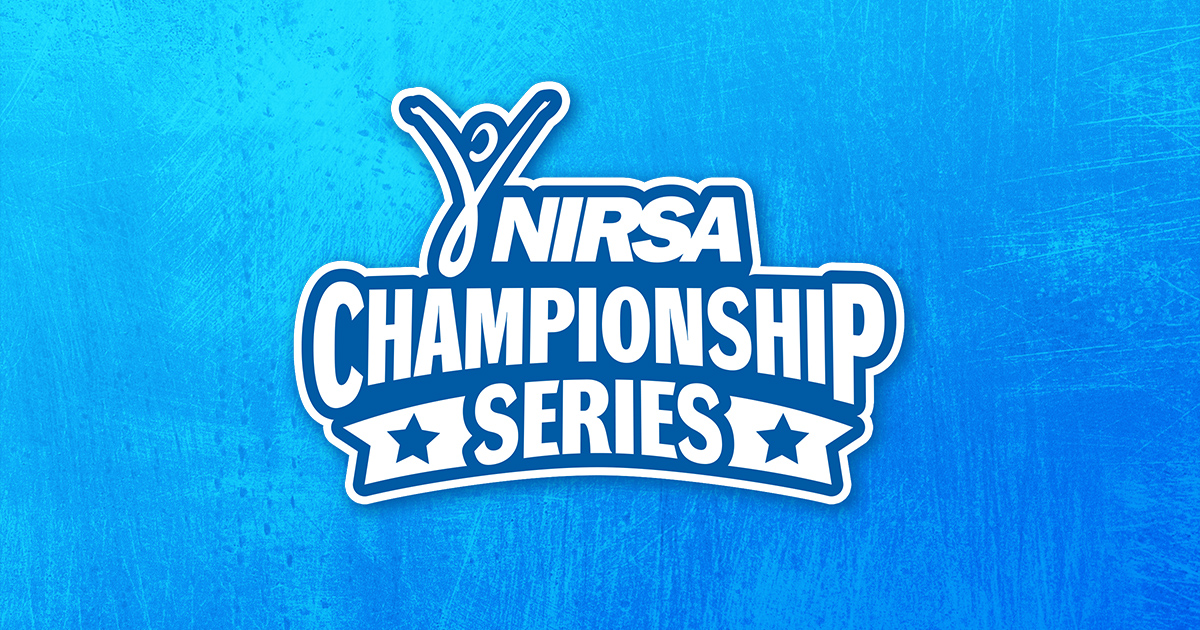As higher education institutions emerge from the COVID-19 pandemic, an increased emphasis has been placed on plunging enrollment over the past four years. Pair enrollment challenges with the impending demographic shift—often referred to as the enrollment cliff, where institutions will need to serve a changing demographic base—and recruitment and retention efforts are becoming ever more important. One recruitment tool that many higher education institutions rely on is their student life experience. Often, campus recreation departments fit within that portfolio. While there are many aspects of campus recreation that may impact recruitment and retention, one program area that may play an active role in these efforts is sport clubs.

When leveraged effectively, sport clubs provide institutions with recruitment and retention opportunities. Like any club or organization, sport club programs provide students with opportunities to develop school pride and a sense of belonging. This sense of belonging influences student health and wellbeing, creates lifelong, healthy habits through competitive sport, and allows students to find their community. In addition to the benefits of participation, there are many leadership positions in sport club programs that provide tremendous opportunities for students to develop and practice skills that are tremendously valuable and often exceed what most other clubs and organizations can offer.
In Campus Recreation Essentials: Sport Clubs, readers can expect to find a how-to guide for sport club administration with recommendations and best practices for institutions of various sizes and philosophical approaches. This publication includes many different chapters, including outlining what sport clubs are and their intrinsic value; a focus on university relations and affiliations; and discussion of sport club administration, sport club personnel, policies and procedures, sport club funding, and sport club assessment. These chapters represent a broad overview of all the major components of creating and maintaining a high-functioning sport club program at your institution. Readers can expect to walk away from this book with a foundational understanding of the core aspects of a sport club program and can take the concepts and apply them within their own institution.

This publication is a comprehensive take on collegiate sport club programs as they are found across NIRSA institutions. There are many different readers who may benefit from reading this book. First and foremost, professional staff who are new to the field of sport club administration—or who are starting a program at their institution for the first time—will benefit. In addition to new professionals, this book is recommended to those who may not have a background in club management or student organizational leadership. This includes individuals who may supervise sport clubs. Associate vice presidents, deans of students, athletic directors, and other administrators who wish to gain a deeper understanding of sport club programs and the value they add to institutions can all benefit from this publication.
We recommend this book to anyone looking to broaden their scope of understanding regarding the fundamental aspects of a successful sport club program!
- For more information about NIRSA’s Campus Rec Essentials series, contact NIRSA Member Services Manager Megan Granholm.
- If you are interested in highlighting your campus or a NIRSA member’s achievements on your campus, pitch us your ideas.
Adam Burke is currently the Director, Recreational Sports Outdoor Program at the University of Minnesota-Duluth; you can email him at aoburke@d.umn.edu.






